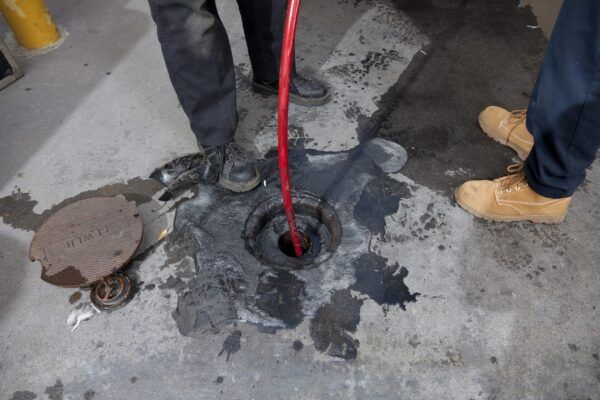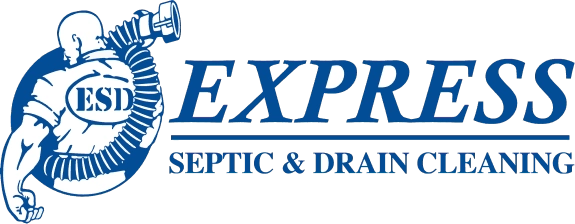How Frequently Should Your Septic Tank Be Inspected?
If you own a home with a septic tank, then you know it needs to be pumped routinely. However, you should also have it inspected regularly, too. What you might not know is how often you need to make sure that happens. Depending on your home’s circumstances, that might be anywhere from every two to five years. Three years is a regular interval that many homeowners decide to go with, but the simplest way to handle it might be to just have your septic tank inspected at the same time you have it pumped. That’s an effective way of protecting your family’s health and the investment you have in your property. Tanks that don’t have proper inspections, maintenance, and pumping wind up overflowing.
Get the Right Inspection
Knowing that your septic system should be inspected is one thing, but actually having it done right is quite another. You might face two decisions in regard to this. The first is whether or not the inspection should be a visual inspection or a full inspection. The second choice is who does the actual inspection. Full inspections are preferable to visual inspections. Only qualified industry contractors or technicians can do a full inspection. Any visual inspection that you or perhaps a home inspector does will entail risk because of the things that remain unseen. Septic professionals won’t just rely on what they can see with their eyes, as their training, tools, and techniques will let them get more information from inside the septic tank and the dispersal field so they can provide a detailed report about everything you need to know about.
How an Inspection Works for Your Septic System
A home with a septic system isn’t usually connected to a central sewer system that sends wastewater for processing at a central facility. Septic tanks are designed to collect the wastewater generated by a home before dispersing it over a drainage field. A septic tank will have solids accumulate at the bottom. That’s why they need regular inspections and pumping. During your septic tank inspection, the inspector is going to examine the tank, the distribution box, and the field it leaches out to. Your inspector will probably open the tank lid so they can verify the water level and be sure that any water in there is flowing correctly without leaks. They’ll also measure the sludge level to see if the tank requires pumping.
Your septic tank should have an outlet that keeps sludge and scum from exiting the tank and making it to the drain field. Inspectors are likely to recommend pumping if the bottom of the tank’s scum layer is within 6 inches of the outlet bottom. Pumping is also likely to be suggested when the sludge layer top is within 1 foot of the outlet. Your inspector will take other measurements and notes throughout their inspection. Keep any information they give you for future reference. It will help you know when to pump, and future inspectors will find such information very useful in their own eventual analysis.
Inspectors might make repair or maintenance recommendations other than pumping. When you have these done, whether it’s on the same visit or another service call, be sure you note what was done, what was replaced, and when all this happened. In addition to being useful for future service technicians, such information can prove useful in situations ranging from home sales to insurance claims.
How Much Does Pumping Cost?
Septic tank pumping isn’t free, and cost-conscious homeowners might try to put it off as long as they can in order to save money. Prices vary based on your tank size and where you live, but a common range is $290 up to $530. That’s a lot cheaper than fixing or replacing a burst tank that was left alone too long, as a new system can easily hit $10,000. Without pumping, sludge will accumulate at the bottom of your tank. Eventually, it leaks into your drain field and even backs up into your home’s pipes. Regular pumping helps a septic tank last its full life cycle, which can be significant. Steel tanks are known to last from 20 to 30 years with proper care, and plastic tanks might be usable for 30 to 40 years. Concrete tanks often have longevity lasting more than 40 years if they’re taken care of.
Inspections Aren’t the Only Way
Inspections are crucial for help in knowing when your tank needs to be pumped and what repairs or maintenance might be necessary. However, there might be telltale signs or warning indicators that you notice around you that tell you it’s time to get the tank pumped. If you notice these, you might want to arrange for an inspection and pumping sooner rather than later.
Things build up in a tank over the years since not everything your family flushes down the drains in your home will break down. Even if they do, natural breakdowns take years. If you have difficulty flushing your toilet or it’s backing up all the time, then you might have problems. Slow drains and hard flushes that happen frequently are probably more than just a basic clog. These are among the early warning signs you’ll notice.
Do your drains go very slowly and even gurgle? A gurgling sound is often a result of drain lines trapping air. This keeps liquids from getting down the drain. Air pockets are the source of the gurgling sounds, and they might indicate blockages due to paper residue, hair, or dirt.
Your yard might give you warning signs just as much as your bathroom. If the grass in the vicinity of your septic tank looks healthier and lusher than the rest of your lawn, then you might need to pump. It might be getting fertilized by waste escaping the system. Also, if you have water standing or overflowing around your tank, it might be coming from the tank. You can distinguish wastewater from normal rainwater by the smell.
The yard around your home might also smell like sewage even without standing water. A clog in the system ventilation might trap gasses, including nitrous oxide, carbon dioxide, and methane.
The most disturbing clue that it’s time for inspection and pumping is if you happen to notice raw sewage coming back up at you through your shower and bathtub drains. If this happens, get a service call arranged immediately. Sewage backing up this far isn’t just inconvenient. It’s an immediate threat to your home and health.
Get the Septic Professionals on the Scene
Your septic system might not be something that you think about on a regular basis. That’s understandable because it’s largely out of sight and honestly just a bit unpleasant to imagine. However, if the system goes overlooked for too long, you’re going to see it whether you like it or not. Routine septic inspections and maintenance need to happen every few years to prevent expensive damage to both the tank and its surroundings. Here at Express Septic & Drain Cleaning, we’re experts in septic location, pumping, and repairs in Nampa, ID and the surrounding area. Contact Express Septic & Drain Cleaning for your inspection, testing, and maintenance needs, and count on us for anything from enzyme treatments to drain field rejuvenation.



